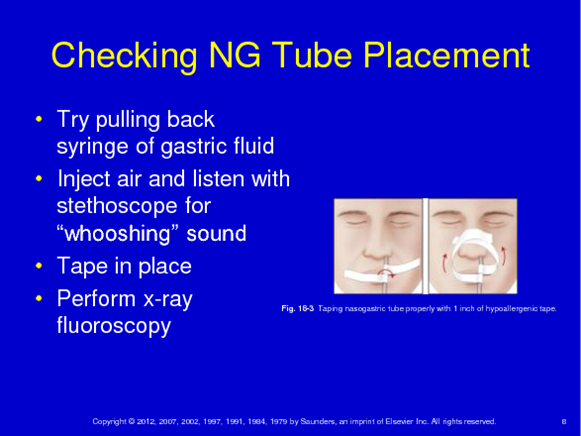A nurse in a provider's office is planning to administer immunizations to an 11-year-old child who is up to date with current recommendations. Which of the following immunizations should the nurse plan to administer?
Hepatitis B (Hep B).
Measles, mumps, rubella (MMR).
Tetanus, diphtheria, and pertussis (Tdap).
Pneumococcal (PCV).
The Correct Answer is C
Choice A reason:
Hep B is given at birth, 2 months, and 6 months of age not at 11 years old.
Choice B reason:
Measles, mumps, rubella (MMR) The rationale for not choosing Measles, mumps, rubella (MMR) is the same as for choice A. If the child has already received the required doses of the MMR vaccine, giving extra doses is not necessary and may not provide any additional benefit.
Choice C reason:
This vaccine is recommended for children at age 11-12 years to boost immunity against tetanus, diphtheria, and pertussis. This is a one-time dose, and it's important to ensure that children receive it on schedule.
Choice D reason:
Pneumococcal (PCV) The rationale for not choosing Pneumococcal (PCV) is that this vaccine is typically given in infancy and early childhood as part of the routine immunization schedule.
Since the child is 11 years old and up to date with current recommendations, they are unlikely to require another dose of PCV at this stage.
Nursing Test Bank
Naxlex Comprehensive Predictor Exams
Related Questions
Correct Answer is B
Explanation
Choice A reason:
The nurse should prioritize Choice B over Choice A as it is essential to first confirm the correct placement of the NG tube before proceeding with any other actions. If the tube is not correctly positioned, administering the enteral feeding can lead to potential complications, such as aspiration, which can be life-threatening. Therefore, it is crucial to ensure the NG tube's proper placement before moving forward with the feeding
Choice B reason:

This option takes precedence as verifying the NG tube's position is a fundamental step in the enteral feeding process. The nurse must use appropriate methods, such as X-ray or pH testing, to confirm that the tube is in the stomach and not in the respiratory tract or elsewhere. This verification ensures the safety and effectiveness of the feeding procedure and prevents potential harm to the child.
Choice C reason:
While checking the gastric residual volume (GRV) is an important step in some cases, it should be done after confirming the NG tube's proper placement (Choice B). GRV provides information about the amount of feeding left in the stomach and helps in assessing tolerance to the feeding. However, if the NG tube is misplaced, determining GRV becomes irrelevant as the feeding would not be going to the intended location.
Choice D reason:
Flushing the child's NG tube with sterile water is an appropriate step during the enteral feeding process but should be done after verifying the tube's position (Choice B). Flushing ensures that the tube is patent and free from any obstructions, allowing the feeding to pass through smoothly. However, again, if the NG tube is incorrectly positioned, flushing it would not address the underlying issue.
Correct Answer is A
Explanation
Abdominal distention. Choice A reason:
Abdominal distention is a common manifestation of Hirschsprung's disease in infants. This condition is characterized by the absence of ganglion cells in the distal segment of the colon, leading to a functional obstruction. The absence of ganglion cells causes the affected part of the colon to become narrow and unable to relax, resulting in a buildup of stool and gas, leading to abdominal distention.
Choice B reason:
Steatorrhea, which is the presence of fatty, bulky, and foul-smelling stools, is not typically associated with Hirschsprung's disease. This manifestation is more commonly seen in conditions affecting the pancreas, liver, or small intestine, where the digestion and absorption of fats are impaired.
Choice C reason:
Blood-tinged emesis (vomiting) is not a typical manifestation of Hirschsprung's disease. This symptom is more commonly associated with gastrointestinal bleeding, which can be caused by various factors such as ulcers, esophageal varices, or gastritis.
Choice D reason:
Dysphagia, which refers to difficulty swallowing, is also not a characteristic manifestation of Hirschsprung's disease. Dysphagia is more commonly seen in conditions affecting the esophagus or throat, such as esophageal strictures or neurological disorders affecting swallowing reflexes.
Whether you are a student looking to ace your exams or a practicing nurse seeking to enhance your expertise , our nursing education contents will empower you with the confidence and competence to make a difference in the lives of patients and become a respected leader in the healthcare field.
Visit Naxlex, invest in your future and unlock endless possibilities with our unparalleled nursing education contents today
Report Wrong Answer on the Current Question
Do you disagree with the answer? If yes, what is your expected answer? Explain.
Kindly be descriptive with the issue you are facing.
